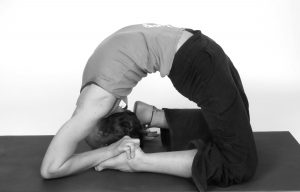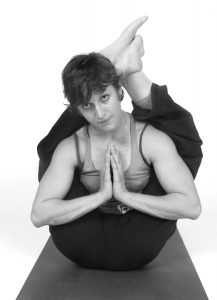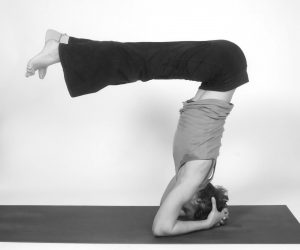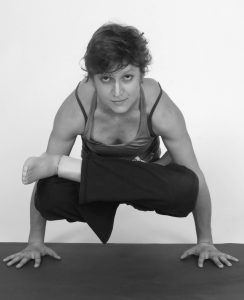It has been over two years since I last added to this narrative. My silence has not been for lack of things to write about, but rather the topic I felt it most necessary to tackle has seemed impossible to share.
Around three years ago, having thoroughly worn out the legs I’d brought from Canada, I started seeing a prosthetist in Australia. My challenge in finding a suitably experienced prosthetist has always been that the rotationplasty procedure (what I chose in the wake of my cancer treatment to give me the foot/knee articulation I have as an adult) is not performed in this country. In fact, they are performed infrequently enough in other parts of the world that the pool of people with rotationplasties in Australia is miniscule. I know of one other. There are probably a handful of people with a little foot (LF) across Australia. The prosthetist I chose to consult with was based at a clinic in Sydney that had a great reputation, and I knew they had fitted one rotationplasty previously.
My interaction with the clinic in Sydney did not go well. A repair to my existing Canadian-built prosthetic damaged its joints, causing hyperextension to LF, which led to swelling. Up to that point, I had never had any problem with LF in the more than 20 years since the initial surgery. And the new prosthetics they built never fit right – the swelling reoccurred. A reoccurred – despite numerous tear downs and rebuilds the prosthesis’ socket was never adequate. The swelling persisted, both in my toes and on the side of my ankle.
The clinic and I ultimately spent a year tinkering and I spent the same time period getting by. When the prosthetist finally said, “I don’t know what else to do”, I went to see a rehab specialist. After some months of waiting for an appointment, the specialist and his team (that consisted of an intern, resident, physiotherapist, prosthetist, and probably others) considered my case and… shrugged their collective shoulders.
That was when I first lost it, saying, “You’ve got to have something more to offer than that!” The specialist sent me for an MRI.
After five months of waiting on an MRI appointment, the scanned showed swelling of Little Foot’s ankle and over the toes (No sh*t… ? Sigh). No obvious structural damage was evident in the images, although apparently the quality of the image was ‘really poor’. It would have been nice to know that at the time – that’s two and a half hours spent in a whirring tube playing Jumble® with the word ‘Siemens’ that I’ll never get back.
I started seeing a different prosthetist last January. I met him climbing, as one might expect. His professional training was trained in Germany, where rotationplasties are at least performed. He had actually seen a couple of examples of the procedure before mine. And. He is extremely committed.
However, the challenge I present to a prosthetist of course has grown. Poor LF has now been swollen for close to three years. Every time the new prosthetist and I try a different socket the fluid shifts. It’s a bit like chasing a moving target where the difference between a bull’s eye and abject failure is millimetres.
I have tried everything I can think of to reduce the swelling – cold therapy, massage, lotions and potions of all sorts, elevation, compression, inversion postures… the cold and compression seem to shift the swelling temporarily, but it quickly returns when I’m wearing my prosthetic. I’m about to embark on a trial of a diuretic, which I will take while attempting to avoid wearing my prosthetic as much as possible. That’s sure to be a treat – I’ll be producing more pee and need to hop to get around. The final alternative, I suppose, will be to not wear my prosthetic at all until the swelling resolves.
Needless to say, I’m worn pretty thin. When I’m at my best I am grateful – grateful for the medical resources to which I have access, grateful for my understanding of pathophysiology, grateful that I’m still very mobile, grateful that I can still climb with some ability, grateful that I can still get up and do my yoga practice.
But when I’m not at my best my mind drifts to a future that may or may not come to be. A future in which I need to find another job. One in which my financial security is compromised. One where my independence is under threat. One filled with physical regression as opposed to progression. A future where I cannot walk.
So yeah, when I’m not at my best, I worry this part of the journey is only beginning.

 © Cathie Coward
© Cathie Coward © Cathie Coward
© Cathie Coward © Cathie Coward
© Cathie Coward © Cathie Coward
© Cathie Coward